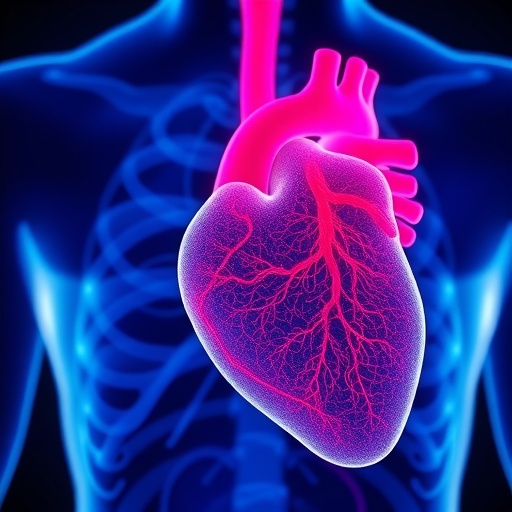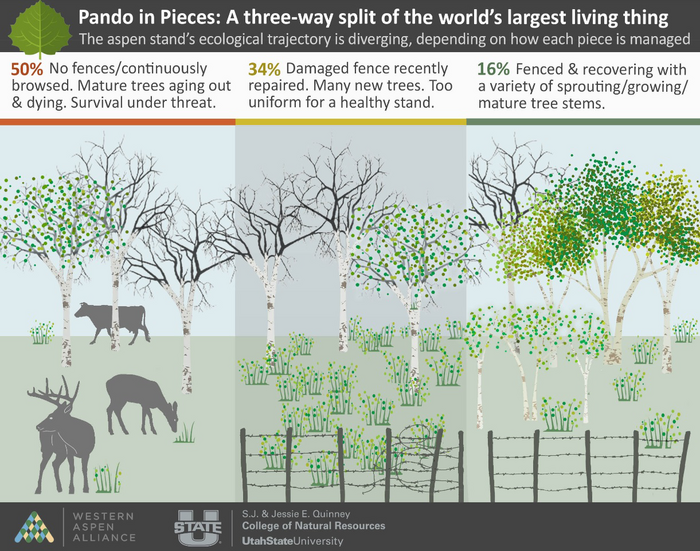Research led by UC criminal justice professor identifies more than 1,000 victims of human trafficking in the state of Ohio and provides recommendations for reaching hidden populations of victims
More than 1,000 victims of human trafficking in Ohio have been identified thanks to a University of Cincinnati study published Tuesday, March 26, by the Ohio Department of Public Safety’s Office of Criminal Justice Services (OCJS). An additional 4,209 individuals were considered to be at risk of trafficking victimization during the same period.
The UC study, titled “Estimating the Prevalence of Human Trafficking in Ohio,” examined data from 14 distinct sources that included child welfare, law enforcement, legal and juvenile justice agencies, primarily from the years 2014 through 2016. UC researchers then processed the information into a single database with a common set of measures. The process included identifying and removing duplicate victim records. An estimated 1,032 victims were identified.
“This study demonstrates that it is imperative that Ohio’s child welfare and juvenile justice systems are equipped with appropriate resources to identify and serve victims of human trafficking and the youth who are at risk to be victimized,” said Governor Mike DeWine.
The study, which was funded by a $100,000 OCJS grant, is the first of its kind to use individual case records to identify human trafficking victims as defined by the federal Victims of Trafficking and Violence Protection Act of 2000. Past estimates had relied upon methods such as random samplings of polls, self-reporting in surveys and computer models.
“Obtaining reliable data is essential to implementing informed anti-trafficking policy,” said Sophia Papadimos, state anti-trafficking coordinator. “The University of Cincinnati and collaborating partners have equipped the state with new prevalence estimates that will help guide Ohio’s human trafficking response efforts.”
The estimates of known victims and at-risk individuals “are likely very conservative relative to the true number of victims,” according to the UC study. “Human trafficking victims are particularly hard to identify because they rarely self-identify as a victim while being trafficked.” Additionally, a number of records on human trafficking were unavailable to the research team because of agency restrictions and other factors.
“Ohio has made tremendous progress toward understanding and combating human trafficking, and this study further demonstrates the state’s commitment to that end,” said UC assistant professor of criminal justice Valerie Anderson, the study’s principal investigator. “We are hopeful that the findings of this study — which include an inventory of data capacity and tracking capabilities — will lead to the creation of tools and systems that will ultimately help identify and respond to victims of human trafficking.”
The study found that law enforcement, courts, child welfare services and other agencies use disparate recordkeeping systems that are unable to easily integrate or share information. The study’s conclusions include recommendations to optimize data collection among the agencies involved in combating human trafficking. Recommended are:
- The creation of a uniform reporting system for agencies serving vulnerable populations to trace trafficking cases and risk factors while preventing the creation of duplicate reports;
- Incentives for agencies to implement this system, along with training for law enforcement and other service providers who are likely to interact with potential trafficking victims;
- Prioritizing the collection of socio-demographic information, such as race, ethnicity and foreign national status; and
- Integration of strategies that researchers have used to measure other hard-to-reach or hidden populations, such as behavioral screening and assessment tools.
The findings emphasize the importance of working toward identifying individuals not reached by existing systems — individuals who could have different experiences than those eventually identified by formal systems.
Risk factors of human trafficking among minors
Individuals ages 17 and under who exhibited a history of four or more of the following were considered to be at risk of human trafficking victimization by a child welfare agency examined in the study:
- Child sexual abuse
- Running away (four or more times in the prior year)
- Homelessness
- Truancy
- Juvenile court involvement
- Child Protective Services involvement, including foster care
- Drug use
- Psychiatric admissions
- Multiple sexual partners
- Sexually transmitted diseases and/or pregnancy
###
Media Contact
Matt Koesters
[email protected]
https:/





